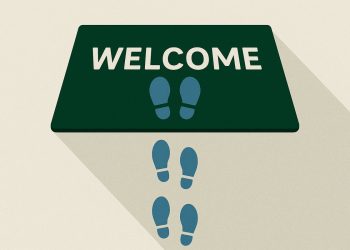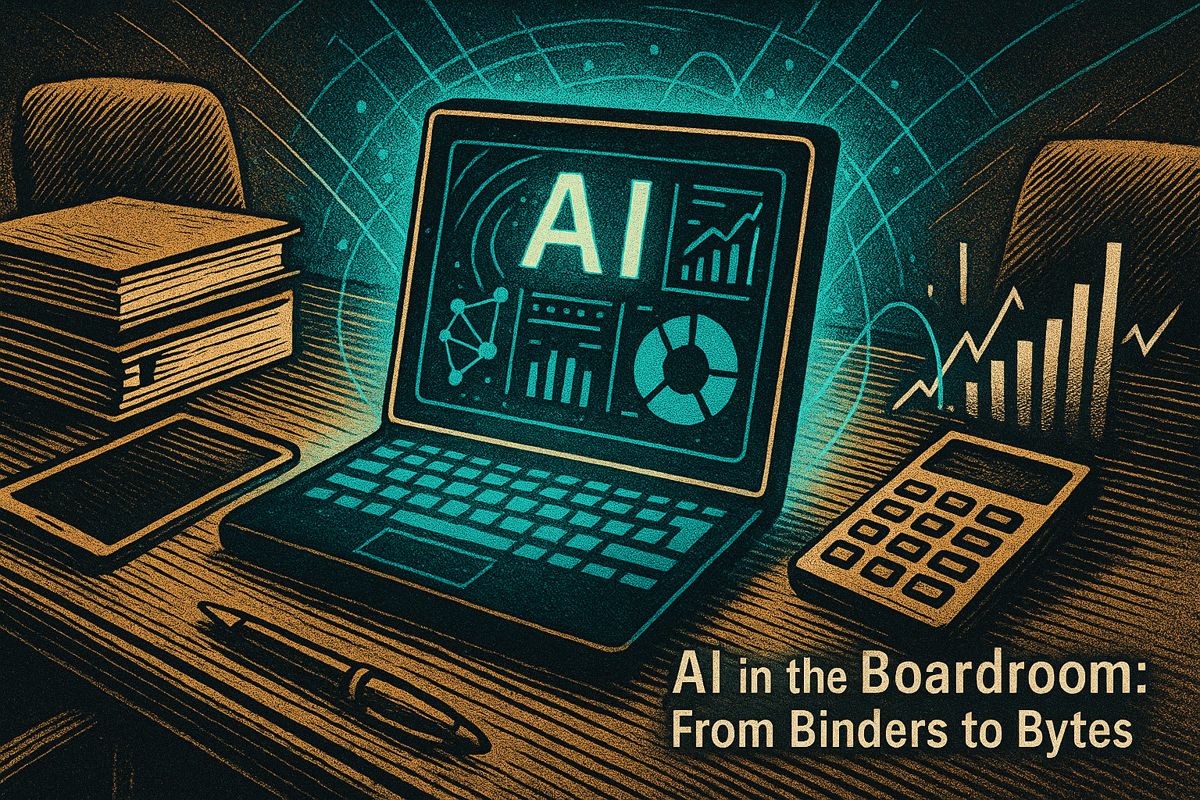Sutherland offers a strategic framework to guide HR leaders integrating AI technologies through 2026. Developed by Chief People Officer Eric Tinch, this “6 Key Questions” roadmap is the result of a comprehensive internal initiative where data scientists and recruiters collaborated to validate dozens of AI applications in HR.
Building an AI Integration Framework: 6 Key Questions for HR Executives
The framework provides a strategic guide for Human Resources departments preparing for advanced AI adoption. It centers on balancing automation with human empathy, establishing clear governance, managing risk with cross-functional partners, upskilling employees, and defining where human judgment remains essential over algorithmic recommendations.
Sutherland grouped its lessons into six concise questions that any CHRO can adapt:
– How will we preserve the human element in every employee interaction?
– Which cross-functional partners must own AI risks and outcomes with HR?
– What program will build and measure AI fluency across the organization?
– Which guardrails and access policies will keep generative models secure and bias-free?
– Where does AI already create measurable value in our talent lifecycle?
– When does a decision shift from algorithmic recommendation to human judgment?
Underscoring the importance of security, Sutherland temporarily banned several open AI platforms until its governance policies could mature. This practical application of its framework was noted in a recent HR Executive interview.
Trends shaping HR AI adoption
Broader market trends reflect Sutherland’s focus. While 80% of organizations plan to use AI in HR by 2025, a People Managing People report reveals that 47% face challenges with system integration. To overcome this, leading companies are implementing role-based “AI academies” to track and improve AI proficiency.
Talent acquisition is often the first area to see gains from automation. At Sutherland, conversational bots for candidate self-scheduling cut initial screening time by 50% and significantly boosted satisfaction scores. Similar efficiencies are found in payroll validation and help desk support, where AI agents identify anomalies proactively.
Governance, ethics, and measurement
Effective governance is the primary challenge in AI adoption. Sutherland’s comprehensive AI policy addresses this by defining permissible data for models, establishing an approval process for new use cases, and mandating quarterly audits for fairness. This policy balances innovation and risk by distinguishing between approved and restricted models to protect privacy.
Clear measurement validates AI’s impact. Every AI deployment at Sutherland is tied to a business case tracking key metrics like cost-per-hire, cycle time, and Net Promoter Score. If performance metrics stagnate, the team reassesses the process, considering whether greater human oversight could enhance trust or diversity.
Upskilling for sustainable impact
Sustainable impact depends on continuous skill development. Sutherland’s ten-tier AI academy provides curated learning paths combining product sandboxes, peer mentoring, and vendor-led labs. Progress reports are shared with both HR and business leaders to secure resources and identify emerging skill gaps proactively.
By treating these six questions as a dynamic guide, HR leaders can strategically determine where to launch new AI pilots, when to pause for evaluation, and where to reinforce the irreplaceable value of human expertise.
How do we keep HR interactions authentically human when AI is doing more of the work?
Sutherland’s rule of thumb: every algorithm must leave space for a person.
In practice this means AI can schedule a screening call, but a recruiter still phones the finalist to explain culture and career paths. Eric Tinch, Chief People Officer, says the firm “never loses sight that we still need a human in the loop,” a stance that has cut candidate drop-off by 18% while preserving trust.
Which stakeholders really need a seat at the AI-governance table?
The framework calls for finance, IT-security, facilities and every business-unit CEO to meet monthly with HR.
This cross-functional council signs off on data flows, platform access and risk controls, ensuring AI roll-outs don’t stall in compliance bottlenecks. Companies that mirror this model report 27% faster full-scale deployment compared with HR-only projects.
How do we measure who is “AI-ready” across the workforce?
Sutherland built a ten-level AI Academy mapped to job families.
Each level has bite-size courses and a practical capstone; completion is audited quarterly and tied to client SLAs. After twelve months, 83% of client-facing roles reached at least level-5 proficiency, directly supporting new contract wins.
What guard-rails stop AI from drifting into unethical territory?
A living AI-usage policy lists allowed models, prohibited data fields and an escalation path for bias flags.
Source-code checks and random output sampling occur every 14 days; violations trigger automatic suspension of the tool. The policy has reduced reported bias incidents to near zero and satisfies both ISO 27001 and emerging EU AI-act drafts.
Where does AI add the clearest, fastest value in HR today?
High-volume, low-complexity tasks – sourcing, resume match, interview self-scheduling – are the sweet spot.
At Sutherland, letting candidates pick their own screening slot trimmed average time-to-interview from 5 days to 11 hours and lifted candidate NPS by 22 points. The team now channels the saved recruiter hours into strategic workforce planning, a shift that finance values at $1.3 M annual opportunity cost avoided.
For deeper context on agentic-AI and phased roll-outs, see Sutherland’s whitepaper on Unlocking the Future of Contact Centers with Agentic AI.



















